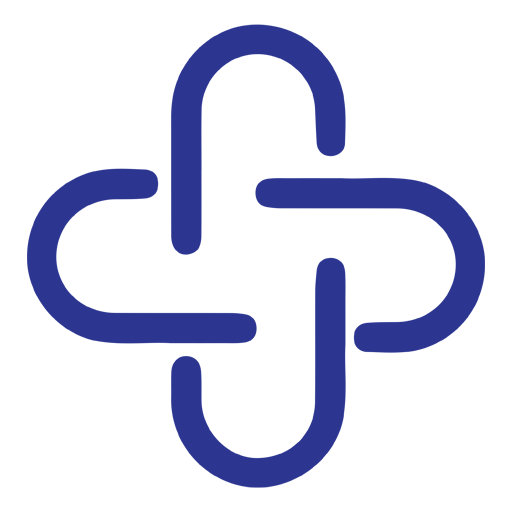By: Hannah E. Davis, Gina S. Assaf, Lisa McCorkell, Hannah Wei, Ryan J. Low, Yochai Re’em, Signe Redfield, Jared P. Austin, Athena Akrami
April 5 2021
medRxiv
Growing evidence shows that a significant number of patients with COVID-19 experience prolonged symptoms, known as Long COVID. Few systematic studies exist which investigate this population, and hence, relatively little is known about the range in symptom makeup and severity, expected clinical course, impact on daily functioning, and expected return to baseline health.
In this study, we analysed responses from 3,762 participants with confirmed (diagnostic/antibody positive; 1,020) or suspected (diagnostic/antibody negative or untested; 2,742) COVID-19, from 56 countries, with illness duration of at least 28 days. 3608 (96%) reported symptoms beyond 90 days. Prevalence of 205 symptoms in 10 organ systems was estimated in this cohort, with 66 symptoms traced over seven months. Except for loss of smell and taste, the prevalence and trajectory of all symptoms were similar between groups with confirmed and suspected COVID-19. Respondents experienced an average of 14.5 symptoms in an average of 9.08 organ systems. Three clusters of symptoms were identified based on their prevalence over time. The most likely early symptoms were fatigue, dry cough, shortness of breath, headaches, muscle aches, chest tightness, and sore throat. The most frequent symptoms reported after month 6 were fatigue, post-exertional malaise, and cognitive dysfunction. Majority (>85%) experienced relapses, with exercise, physical or mental activity, and stress as the main triggers. 1,700 (45.2%) reported requiring a reduced work schedule compared to pre-illness and 839 (22.3%) were not working at the time of survey due to their health conditions.
Significance Statement Results from our international online survey of 3,762 individuals with suspected or confirmed COVID-19 illness suggest that Long COVID is composed of heterogeneous post-acute infection sequelae that often affect multiple organ systems, with impact on functioning and quality of life ranging from mild to severe. This study represents the largest collection of symptoms identified in the Long COVID population to date, and is the first to quantify individual symptom trajectory over time, for 7 months. Three clusters of symptoms were quantified, each with different morphologies over time. The clusters of symptoms that persist longest include a combination of the neurological/cognitive and systemic symptoms. The reduced work capacity because of cognitive dysfunction, in addition to other debilitating symptoms, translated into the loss of hours, jobs, and ability to work relative to pre-illness levels.
Objective To characterize the symptom profile and time course in patients with Long COVID, along with the impact on daily life, work, and return to baseline health.
Design International web-based survey of suspected and confirmed COVID-19 cases with illness lasting over 28 days and onset prior to June 2020.
Setting Survey distribution via online COVID-19 support groups and social media
Participants 3,762 respondents from 56 countries completed the survey. 1166 (31.0%) were 40-49 years old, 937 (25.0%) were 50-59 years old, 905 (24.1%) were 30-39 years old, 277 (7.4%) were 18-29 years old, and 477 (12.7%) were above 60 years old. 2961 (78.9%) were women, 718 (19.1%) were men, and 63 (1.7%) were nonbinary. 317 (8.4%) reported being hospitalized. 1020 (27.1%) reported receiving a laboratory-confirmed diagnosis of COVID-19. 3608 (96%) reported symptoms beyond 90 days.
Results Prevalence of 205 symptoms in 10 organ systems was estimated in this cohort, with 66 symptoms traced over seven months. Except for loss of smell and taste, the prevalence and trajectory of all other symptoms are similar between confirmed (diagnostic/antibody positive) and suspected groups (diagnostic/antibody negative or untested). Respondents experienced symptoms in an average of 9.08 (95% confidence interval 9.04 to 9.13) organ systems. The most frequent symptoms reported after month 6 were: fatigue (77.7%, 74.9% to 80.3%), post-exertional malaise (72.2%, 69.3% to 75.0%), and cognitive dysfunction (55.4%, 52.4% to 58.8%). These three symptoms were also the three most commonly reported overall. In those who recovered in less than 90 days, the average number of symptoms peaked at week 2 (11.4, 9.4 to 13.6), and in those who did not recover in 90 days, the average number of symptoms peaked at month 2 (17.2, 16.5 to 17.8). Respondents with symptoms over 6 months experienced an average of 13.8 (12.7 to 14.9) symptoms in month 7. 85.9% (84.8% to 87.0%) experienced relapses, with exercise, physical or mental activity, and stress as the main triggers. 86.7% (85.6% to 92.5%) of unrecovered respondents were experiencing fatigue at the time of survey, compared to 44.7% (38.5% to 50.5%) of recovered respondents. 45.2% (42.9% to 47.2%) reported requiring a reduced work schedule compared to pre-illness and 22.3% (20.5% to 24.3%) were not working at the time of survey due to their health conditions.
Conclusions Patients with Long COVID report prolonged multisystem involvement and significant disability. Most had not returned to previous levels of work by 6 months. Many patients are not recovered by 7 months, and continue to experience significant symptom burden.




